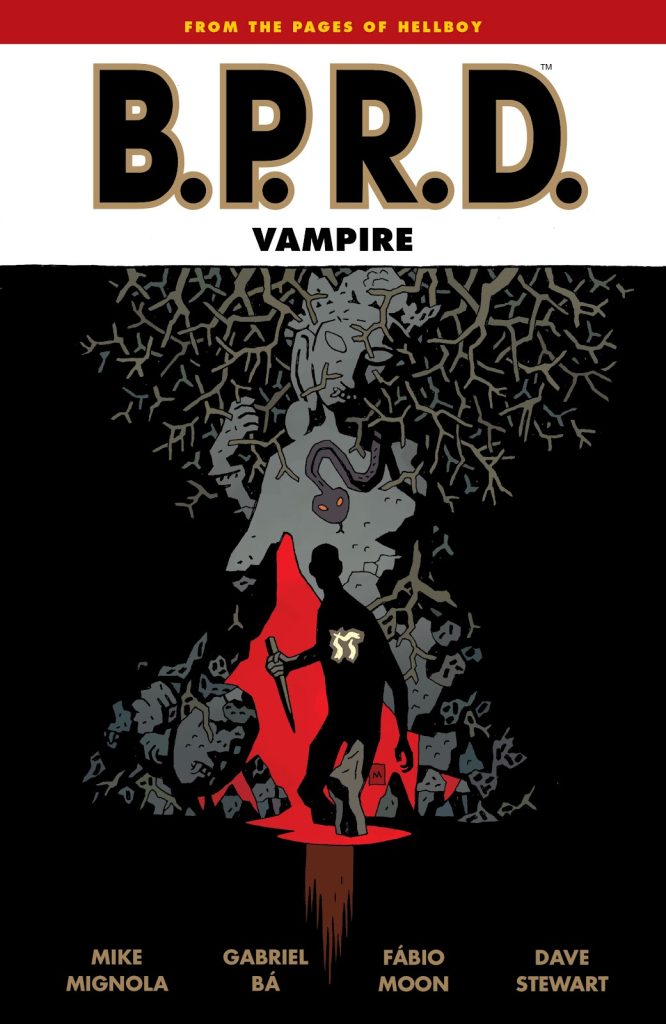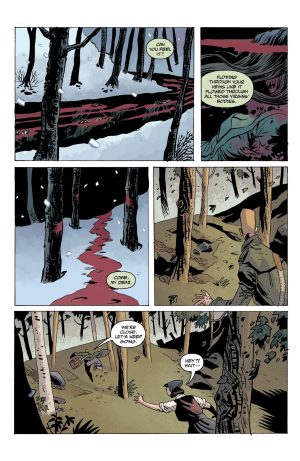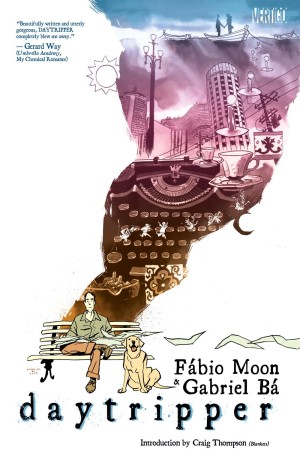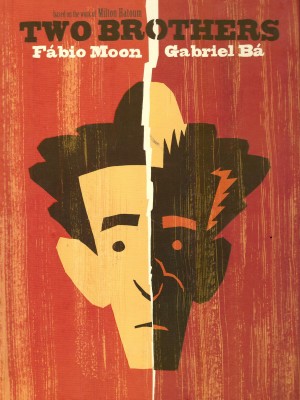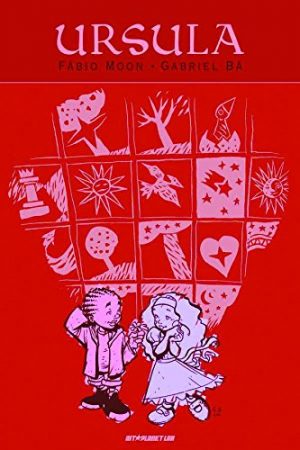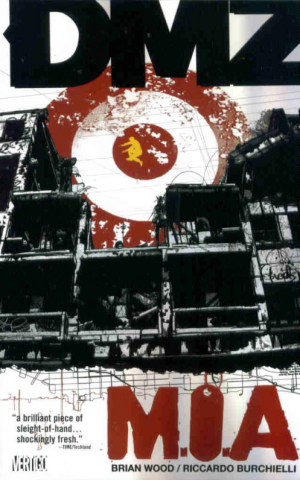Review by Frank Plowright
Gabriel Bá and Fábio Moon were no strangers to the Bureau for Paranormal Research and Defense when they began working on Vampire. They’d drawn 1947, the look back into the B.P.R.D.’s past, but felt there was something more to tell about Simon Anders, the agent cursed by vampires.
It takes a while before we see Anders, and when we do he’s just about to leave the B.P.R.D., feeling he can no longer control his anger, and that’s impacting on efficiency. He decides his best purpose is to search out the vampire queen Hecate and deal with her. Bá and Moon supply plenty of set-up, which in other cases would be too much information and not enough action, but their art is so exquisite it doesn’t impact as poorly. A long second chapter scene in a spooky old house filled with portraits is an example. Such is the visual depiction of decaying, once grand architecture and fittings that wanting the historical flashback over quickly to get to the action isn’t an issue.
There is a relevance to the history lesson when Anders finally makes a discovery in the third chapter, and that’s followed by a clever revelation as to what he’s now become, which isn’t the straightforward vampire you’d imagine. This is revealed with horrific imagery as Bá and Moon do their best to steer clear of the traditional vampire clichés and offer instead something more ethereal and impermanent. As events escalate, their art becomes ever more jagged to accommodate the horror, not too far removed from Mike Mignola’s own.
Mignola is credited for writing, but Bá and Moon’s introduction indicates they are responsible. Whoever is, the pacing is eccentric. Horror is a genre perpetuated by the prolonged tease, which is duly provided, but there’s never a great reason for Anders’ continuing festering anger, and it impacts on the emotional sorrow of what happens to him. The final chapter of the main story being almost exclusively from Trevor Bruttenholm’s view is supposed to emphasise that, but it never rings true in spite of the spectacular art.
However, the short story that follows is a real gem. Artistic eccentricity abounds, there’s a real heart, and it comes across like a long lost fairy tale. That and the art drag Vampire above average, but you have to be really invested in Anders to value this higher.
